
The River Witham is a river almost entirely in the county of Lincolnshire in the east of England. It rises south of Grantham close to South Witham at SK8818, passes through the centre of Grantham, passes Lincoln at SK9771 and at Boston, TF3244, flows into The Haven, a tidal arm of The Wash, near RSPB Frampton Marsh. The name "Witham" seems to be extremely old and of unknown origin. Archaeological and documentary evidence shows the importance of the Witham as a navigable river from the Iron Age onwards. From Roman times it was navigable to Lincoln, from where the Fossdyke was constructed to link it to the River Trent. The mouth of the river moved in 1014 following severe flooding, and Boston became important as a port.

Enclosure or inclosure is a term, used in English landownership, that refers to the appropriation of "waste" or "common land" enclosing it and by doing so depriving commoners of their rights of access and privilege. Agreements to enclose land could be either through a formal or informal process. The process could normally be accomplished in three ways. First there was the creation of "closes", taken out of larger common fields by their owners. Secondly, there was enclosure by proprietors, owners who acted together, usually small farmers or squires, leading to the enclosure of whole parishes. Finally there were enclosures by Acts of Parliament.
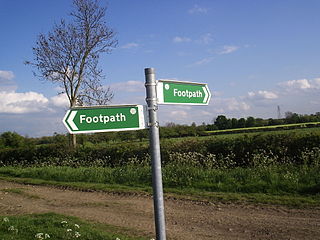
In England and Wales, excluding the 12 Inner London boroughs and the City of London, the right of way is a legally protected right of the public to pass and re-pass on specific paths. The law in England and Wales differs from Scots law in that rights of way exist only where they are so designated, whereas in Scotland any route that meets certain conditions is defined as a right of way, and in addition, there is a general presumption of access to the countryside. Private rights of way or easements also exist.
The Inclosure Acts created legal property rights to land previously held in common in England and Wales, particularly open fields and common land. Between 1604 and 1914 over 5,200 individual acts enclosing public land were passed, affecting 28,000 km2.
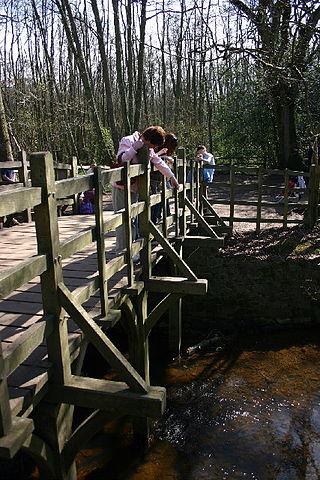
Common land is land owned by a person or collectively by a number of persons, over which other persons have certain common rights, such as to allow their livestock to graze upon it, to collect wood, or to cut turf for fuel.

The Caistor Canal was a 4-mile (6.4 km) canal in Lincolnshire, England, constructed between 1793 and 1798. It fell into disuse sometime after 1850 and was legally abandoned in 1936. It ran from the River Ancholme, near South Kelsey toward Caistor through six locks, terminating at Moortown, 3.5 miles (5.6 km) away from its intended terminus at Caistor. Parts of it were dredged in 2010, to aid flood defences in South Kelsey.

A royal forest, occasionally known as a kingswood, is an area of land with different definitions in England, Wales, Scotland and Ireland. The term forest in the ordinary modern understanding refers to an area of wooded land; however, the original medieval sense was closer to the modern idea of a "preserve" – i.e. land legally set aside for specific purposes such as royal hunting – with less emphasis on its composition. There are also differing and contextual interpretations in Continental Europe derived from the Carolingian and Merovingian legal systems.

Bourne Eau is a short river which rises from an artesian spring in the town of Bourne in Lincolnshire, England, and flows in an easterly direction to join the River Glen at Tongue End. Within the town, it once powered three water mills, one of which is now a heritage centre. At Eastgate, it becomes much wider as it was navigable in the 18th and 19th centuries, and this was the location of the terminal basin. Below the town it is an embanked river, as its normal level is higher than that of the surrounding Fens. Navigation ceased in the 1860s and the river now forms an important part of the drainage system that enables the surrounding fen land to be used for agriculture.
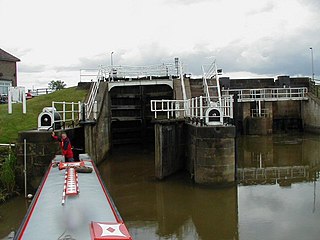
The Market Weighton Canal ran 9.5 miles (15.3 km) from the Humber Estuary to its terminus near Market Weighton. It gained its Act of Parliament in 1772 and opened in 1782. The 3.5 miles (5.6 km) closest to Market Weighton was abandoned in 1900 and the right of navigation through Weighton lock was lost in 1971. However, as of 2002 the lock was passable and the canal usable up to the junction with the River Foulness where silt has made it impassable. Also there is no right of navigation under the M62 motorway bridge to the north of Newport.
Much Wenlock, often called simply Wenlock, was a constituency of the House of Commons of the Parliament of England until 1707, then of the Parliament of Great Britain from 1707 to 1800, and finally of the Parliament of the United Kingdom from 1801 to 1885, when it was abolished. It was named after the town of that name in Shropshire.
The Wellington to Craven Arms Railway was formed by a group of railway companies that eventually joined the Great Western Railway family, and connected Wellington, Shropshire and Shifnal, with Coalbrookdale, Buildwas, Much Wenlock and a junction near Craven Arms. Its objectives were dominated by the iron, colliery and limestone industries around Coalbrookdale.
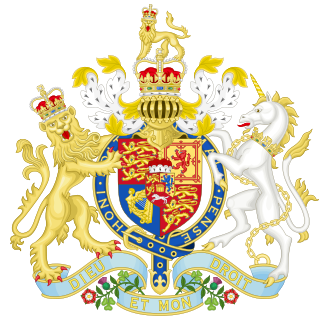
The Christchurch Inclosure Act 1802 was a private Act of the Parliament of the United Kingdom for the dividing, allotting, and inclosing, certain commonable lands, and waste grounds within the parish of Christchurch and parish or chapelry of Holdenhurst, in Hampshire.

The term tithe map is usually applied to a map of an English or Welsh parish or township, prepared following the Tithe Commutation Act 1836. This act allowed tithes to be paid in cash rather than goods. The map and its accompanying schedule gave the names of all owners and occupiers of land in the parish. Individual tithe owners sometimes prepared maps for their own use to show who owned what land. These maps are sometimes also called tithe maps, although such maps are not common before 1836.
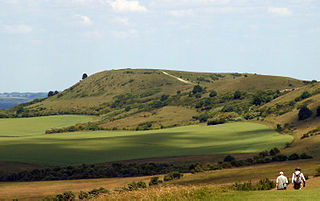
Walking is one of the most popular outdoor recreational activities in the United Kingdom, and within England and Wales there is a comprehensive network of rights of way that permits access to the countryside. Furthermore, access to much uncultivated and unenclosed land has opened up since the enactment of the Countryside and Rights of Way Act 2000. In Scotland the ancient tradition of universal access to land was formally codified under the Land Reform (Scotland) Act 2003. In Northern Ireland, however, there are few rights of way, or other access to land.
The Western Rising was a series of riots which took place during 1626–1632 in Gillingham Forest on the Wiltshire-Dorset border, Braydon Forest in Wiltshire, and the Forest of Dean, Gloucestershire in response to disafforestation of royal forests, sale of royal lands and enclosure of property by the new owners. Disafforestation is a change in legal status that allows the land to be sold normally, rather than being preserved as a forest. Enclosure takes the land out of common use, denying access to non-owners who had previously used it.
The common land of Ashdown Forest in East Sussex, England, a former royal hunting forest created soon after the Norman conquest of England, covers some 6,400 acres. The map of the common land today largely dates back to 1693, when more than half the medieval Forest was taken into private hands, with the remainder being set aside as common land. The latter is today administered by a Board of Conservators. It is entirely open for public access and it is the largest area of its kind in South East England.
Compulsory purchase is the power to purchase rights over an estate in English land law, or to buy that estate outright, without the current owner's consent. In England and Wales, Parliament has granted several different kinds of compulsory purchase power, which are exercisable by various bodies in various situations. Such powers are meant to be used "for the public benefit". This expression is interpreted broadly.
Shit Brook is a culverted small stream in Much Wenlock, Shropshire, England.

Commissions of sewers, originally known as commissions de wallis et fossatis were English public bodies, established by Royal decree, that investigated matters of land drainage and flood defence. The commissions developed from commissions of oyer and terminer in the 13th century and had powers to compel labourers to work on flood defences and extract funding for repairs from landowners. The commissions were placed on a statutory basis in 1427 by an act of parliament and were strengthened by later acts such as the 1531 Statute of Sewers and the Commissions of Sewers Act 1708. The commissions were abolished by the 1930 Land Drainage Act, though some survived until after the Second World War. Their duties were assumed by internal drainage boards and river authorities.











